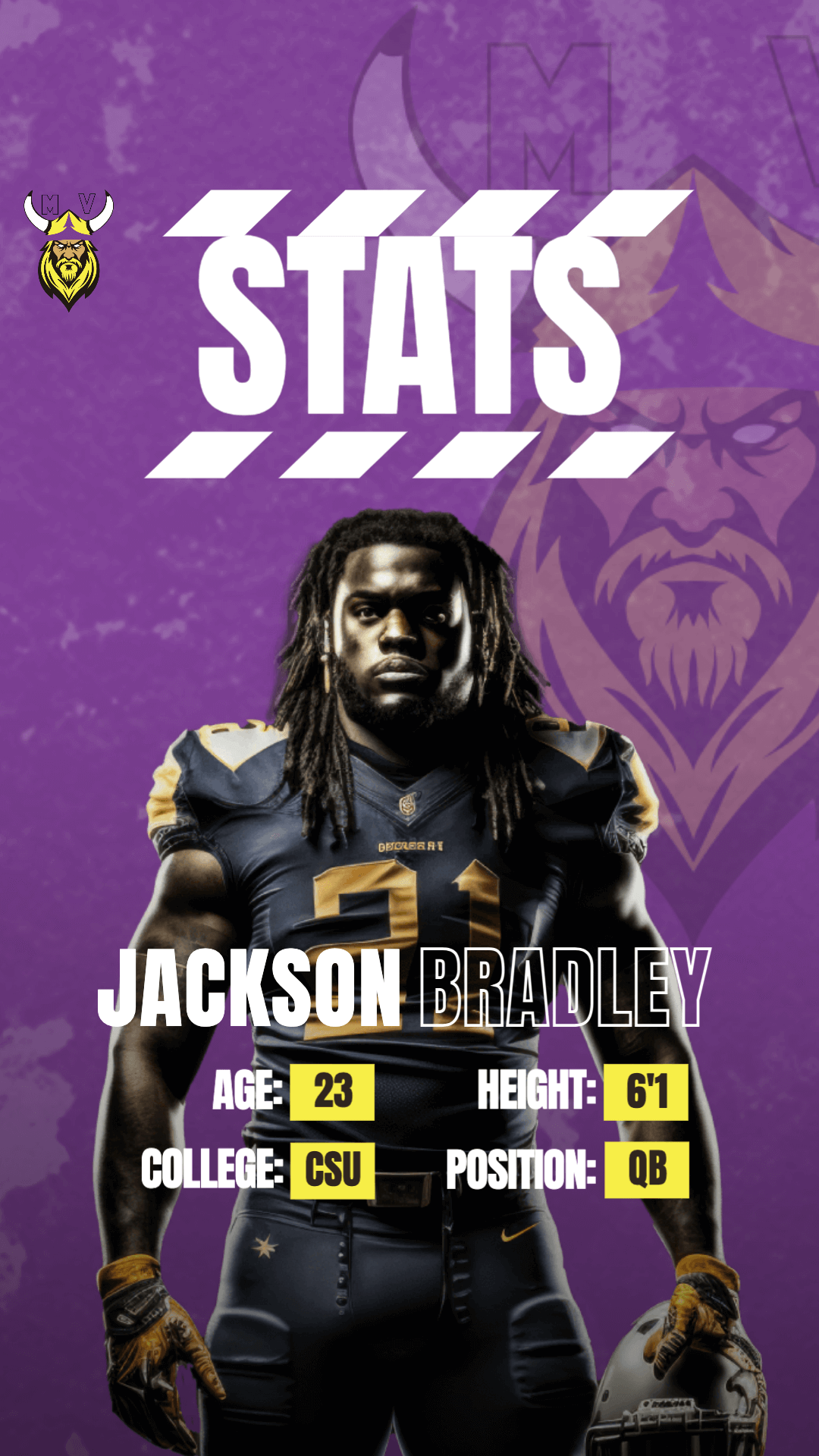
The Digital Roar: How Social Media Has Revolutionized Football Match Reactions
Football, the world’s most popular sport, has always been synonymous with passion. From the thunderous chants in packed stadiums to the collective gasps and cheers in living rooms, the emotional investment of fans is unparalleled. However, in the 21st century, the arena for these reactions has expanded far beyond the physical confines of the pitch and the traditional broadcast. Social media platforms have emerged as the new, boundless stadium, transforming how fans engage with, react to, and dissect every moment of a football match. This digital revolution has amplified the emotional highs and lows, created unprecedented levels of global community, and redefined the very experience of following the beautiful game.
From Grandstands to Global Feeds: The Evolution of Fan Reaction
For decades, post-match analysis and fan reactions were largely confined to local pubs, water cooler conversations, sports radio call-in shows, and newspaper columns. The immediate aftermath of a goal or a controversial referee decision would be discussed among those physically present or those watching simultaneously. Information dissemination was relatively slow, and collective global sentiment took time to coalesce.
The advent of the internet brought forums and early online communities, but it was the explosion of social media platforms – particularly Twitter (now X), Facebook, Instagram, and later TikTok and Reddit – that truly democratized and accelerated fan reactions. Suddenly, every fan with a smartphone became a potential commentator, analyst, and content creator. The real-time nature of these platforms meant that reactions were no longer delayed; they were instantaneous, unfolding concurrently with the match itself.
The Immediacy of the Moment: Real-Time Reactions
One of the most defining characteristics of social media’s impact on football reactions is its unparalleled immediacy. As the ball hits the back of the net, or a contentious VAR decision is made, millions of fingers are already typing, unleashing a torrent of emotions. Hashtags become global rallying cries, unifying disparate fans under a common digital banner.
During a live match, social media timelines transform into a pulsating, chaotic, yet utterly captivating, commentary track. A spectacular bicycle kick might be met with an outpouring of emojis, GIFs, and hyperbolic praise. A missed penalty in the dying minutes could trigger a wave of despair, expletives, and humorous self-deprecation. Controversial refereeing decisions, often amplified by slow-motion replays, ignite fierce debates and conspiracy theories, with fans sharing evidence, screenshots, and their own ‘expert’ analyses. This instantaneous feedback loop means that the collective mood of the global footballing community can shift dramatically within seconds, creating a dynamic narrative that evolves with every pass, tackle, and goal.
A Kaleidoscope of Emotions: The Diverse Spectrum of Reactions
The beauty of social media lies in its ability to capture the full spectrum of human emotion that football evokes. It’s a digital canvas where joy, despair, outrage, humor, and analytical prowess are painted in vivid strokes.
-
Joy and Ecstasy: When a team scores a crucial goal, or wins a long-awaited trophy, social media erupts in a euphoric explosion. Fans share celebratory memes, iconic goal clips, and pictures of themselves reveling in the moment. The collective elation is infectious, crossing geographical boundaries and turning individual celebrations into a global party. Hashtags like #Champions or #COYG (Come On You Gunners) trend worldwide, becoming digital anthems of triumph.
-
Despair and Outrage: Conversely, a devastating loss, a crucial error, or a perceived injustice can plunge social media into a torrent of vitriol and lamentation. Fans vent their frustrations at players, managers, and officials. Hashtags like #VARout or specific manager names trending with negative sentiment become common. While this can sometimes cross into abusive territory, for many, it’s a necessary outlet for processing disappointment and a shared sense of grievance.
-
Humor and Creativity: Amidst the passion, social media is also a hotbed of wit and creativity. Memes, GIFs, and short video clips often emerge within minutes of a significant event. A player’s funny expression, a manager’s tactical blunder, or a bizarre incident can quickly be transformed into viral content, providing comic relief and a sense of shared amusement. This humorous side often helps to defuse tension and foster a lighter, more inclusive community spirit, demonstrating football fans’ ability to laugh at themselves and the absurdity of the game.
-
Analytical and Tactical Debates: Beyond raw emotion, social media also hosts surprisingly in-depth tactical discussions. Armchair pundits and genuine experts alike dissect formations, player performances, and strategic decisions. Threads break down replays, analyze heatmaps, and debate the merits of substitutions. This aspect allows fans to engage with the game on a deeper intellectual level, learning from others and contributing their own insights.
-
Solidarity and Support: In moments of crisis or adversity, social media can also become a powerful platform for solidarity. When a player faces abuse, or a team suffers a tragedy, fans from across the spectrum often unite to offer support, share messages of encouragement, and advocate for positive change. This demonstrates the capacity of online communities to foster empathy and collective action.
The Platforms of Passion: Where the Conversations Happen
Different social media platforms cater to varying types of football reactions and content:
- X (formerly Twitter): Remains the king of real-time, short-form reactions. Its chronological feed, trending topics, and hashtag system make it ideal for live commentary, instant takes, and viral debates. News breaks here first, and players/clubs often use it for immediate updates.
- Instagram: More visually driven, Instagram is perfect for post-match celebrations, behind-the-scenes content from clubs and players, and high-quality photo/video highlights. Stories and Reels allow for more dynamic, short-form content.
- TikTok: Has exploded as a platform for fan-generated content, reaction videos, creative edits of goals and skills, and humorous takes on match incidents. Its algorithm is adept at pushing viral content to broad audiences.
- Facebook: While perhaps less instantaneous than X, Facebook groups remain popular for more in-depth, long-form discussions, community building around specific clubs or fan bases, and sharing articles or opinion pieces.
- Reddit: Subreddits dedicated to specific leagues, teams, or general football discussions (e.g., r/soccer) offer a space for detailed analysis, news aggregation, and often more nuanced debates, with upvoting/downvoting systems helping to curate content quality.
Players, Clubs, and the Direct Line
Social media has also fundamentally changed the relationship between fans, players, and clubs. Players’ personal accounts offer an unprecedented level of direct engagement. Fans can tweet directly at their idols, see their immediate reactions (or curated PR responses), and get glimpses into their lives off the pitch. This fosters a deeper sense of connection and personalization.
Clubs, too, leverage social media extensively for official announcements, behind-the-scenes content, fan engagement campaigns, and even merchandise sales. The traditional media filter has been largely bypassed, allowing for a more direct and immediate flow of information and interaction. This direct line, however, is a double-edged sword. While it fosters intimacy, it also exposes players and clubs to the full force of fan passion, both positive and negative.
The Pros: Unlocking New Dimensions of Fandom
The rise of social media in football reactions has brought numerous benefits:
- Enhanced Community and Belonging: Fans from diverse backgrounds and geographical locations can connect instantly, sharing their passion and building a sense of collective identity around their favorite teams or players.
- Democratization of Voice: Every fan has a platform to express their opinion, regardless of their background or status. This has shifted the power dynamic, giving ordinary fans a voice that can sometimes rival that of traditional pundits.
- Accessibility for Global Fans: For those far from the stadium or even their home country, social media provides a vital lifeline to their team, allowing them to feel part of the action and conversation.
- Instant Information and Updates: From transfer rumors to injury updates, social media often breaks news faster than traditional media outlets.
- Fan-Generated Content as a Source of Joy: The creativity of fans in generating memes, videos, and witty commentary adds another layer of entertainment and engagement to the football experience.
The Cons: Navigating the Dark Side of the Digital Pitch
Despite its many advantages, social media’s impact on football reactions is not without its significant downsides:
- Toxicity and Abuse: The anonymity afforded by online platforms can embolden individuals to hurl racist, sexist, homophobic, or generally abusive comments at players, officials, and even fellow fans. This torrent of abuse is a major concern, impacting the mental well-being of those targeted.
- Misinformation and Rumors: The speed of information sharing means that false rumors, unverified news, and speculative narratives can spread like wildfire, causing unnecessary panic or excitement.
- Echo Chambers and Polarization: Algorithms tend to show users content they are likely to agree with, leading to the formation of "echo chambers" where dissenting opinions are rarely encountered. This can exacerbate existing rivalries and polarize fan bases, making constructive dialogue difficult.
- Pressure on Players and Officials: The constant scrutiny and immediate feedback loop can place immense pressure on players, managers, and referees. A single mistake can lead to a deluge of criticism, impacting performance and mental health.
- Fleeting Nature and Content Overload: The sheer volume of content can be overwhelming, and the constant need for immediate reactions can lead to superficial engagement rather than thoughtful analysis.
The Commercial Kick-Off: Social Media as a Business Tool
Beyond fan reactions, social media has also become an indispensable commercial tool for football. Clubs leverage their platforms for branding, marketing merchandise, selling tickets, and attracting sponsors. Brands integrate themselves into trending discussions, using real-time match events to launch ad campaigns or engage with audiences. Player endorsements and sponsored content are now integral parts of the football ecosystem, blurring the lines between pure fan reaction and commercial enterprise. Data collected from fan engagement provides invaluable insights into demographics, preferences, and purchasing habits, allowing for highly targeted marketing strategies.
The Future of the Digital Roar
The evolution of social media in football is far from over. We can anticipate even deeper integration of AI for sentiment analysis and personalized content feeds, offering fans even more tailored experiences. Virtual and augmented reality could create more immersive "social stadiums," allowing fans to feel as if they are watching matches alongside their digital communities. Blockchain technology and NFTs might redefine fan engagement and ownership.
However, the challenges of moderation, combating abuse, and ensuring responsible digital citizenship will remain paramount. The balance between allowing free expression and protecting individuals from harm will continue to be a crucial tightrope walk for platforms and governing bodies alike.
Conclusion
Social media has irrevocably transformed the way football fans react to and engage with the beautiful game. It has taken the raw, visceral emotions of the stadium and projected them onto a global digital stage, creating an unprecedented level of real-time, collective experience. While it has democratized commentary, fostered global communities, and amplified the joy of fandom, it has also unveiled a darker side of toxicity and misinformation. The digital roar is a powerful, multifaceted phenomenon – loud, immediate, and constantly evolving. As football continues to capture hearts worldwide, its future will remain inextricably linked to the dynamic, ever-changing landscape of social media, ensuring that the passion of the game will always find its voice, whether on the pitch or across the global digital feed.



